As an Amazon Associate, I earn from qualifying purchases
Hiking is a fantastic way to connect with nature, stay active, and embark on exciting adventures. Whether you’re planning a casual nature walk or a more challenging trek, one of the crucial elements to consider is your choice of hiking shoes. In this guide, we’ll navigate the maze of options to help beginners find the perfect pair for their outdoor pursuits.
Understanding Your Feet
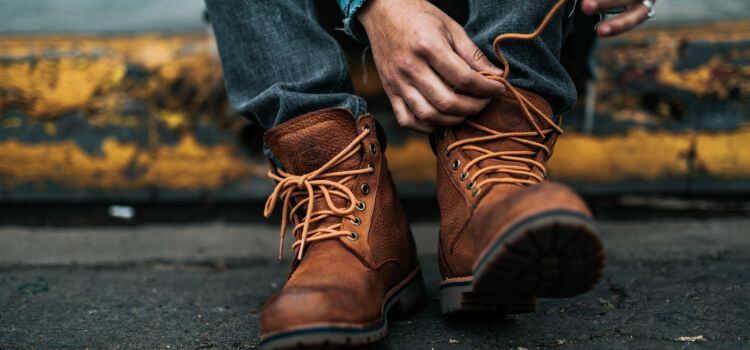
Understanding your feet is the first crucial step in selecting the perfect hiking shoes. Each person’s feet are unique, with factors such as arch type and width playing a significant role in determining the right fit. Knowing your foot anatomy helps you choose shoes that provide adequate support and comfort on the trails. Whether you have high or low arches, understanding your feet ensures a tailored selection that minimizes discomfort and maximizes the enjoyment of your hiking experience.
Types of Hiking Shoes
When it comes to hiking, choosing the right footwear is essential, and understanding the types of hiking shoes is key. Hiking shoes, boots, and trail runners each cater to different preferences and terrains. Hiking shoes are low-cut and lightweight, offering flexibility and breathability for less challenging trails.
Boots provide extra ankle support, making them suitable for rugged terrain and longer hikes. Trail runners, on the other hand, offer a balance between running shoes and hiking shoes, ideal for those who enjoy a faster pace on diverse trails. Knowing the distinctions between these types empowers beginners to select the most suitable option for their outdoor adventures.
Choosing the Right Fit
Selecting the right fit for your hiking shoes is paramount for a comfortable and enjoyable outdoor experience. A snug fit without being overly tight is crucial to preventing discomfort, blisters, and fatigue on the trail. When trying on hiking shoes, ensure there is enough room for your toes to wiggle, but not so much that your foot slides within the shoe.
Pay attention to the arch support and width to accommodate your foot shape. Taking the time to find the perfect fit will enhance your overall hiking experience, providing the necessary support for various terrains and conditions.
Materials Matter
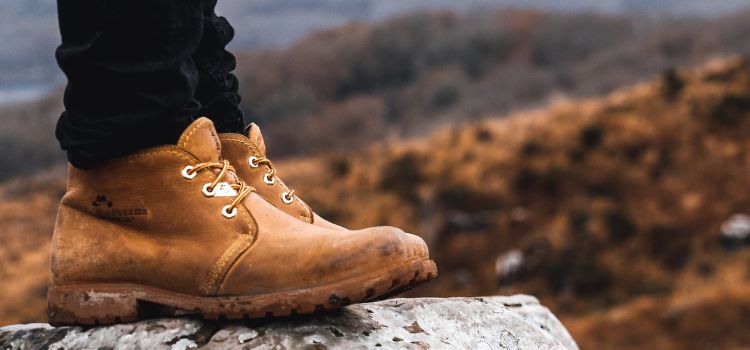
The materials used in hiking shoes play a pivotal role in their performance and durability. Breathable mesh is ideal for warm weather, keeping your feet cool and comfortable. Leather offers durability and support, making it suitable for rough terrain and varied conditions. Waterproof materials like Gore-Tex protect wet environments.
Understanding the advantages of each material allows hikers to make informed choices based on their intended use and personal preferences. Ultimately, the right materials contribute to the overall comfort and functionality of hiking shoes, ensuring they can withstand the challenges of the trail.
Traction and Grip
Achieving reliable traction and grip is essential when it comes to selecting the right hiking shoes. The outsole of the shoe, including its lug patterns and materials, determines how well it grips different terrains. A well-designed outsole with deep and multi-directional lugs provides excellent traction on rocky, slippery, or uneven surfaces.
Considering the specific types of trails you’ll be exploring is crucial to choosing the appropriate level of traction. Whether you’re navigating muddy paths or steep ascents, having hiking shoes with optimal traction ensures stability and confidence, making your outdoor adventures safer and more enjoyable.
Ankle Support Debate
The debate over ankle support in hiking shoes is a perennial discussion among outdoor enthusiasts. Some argue that ankle support is crucial for stability and injury prevention, especially on challenging terrain. On the other hand, proponents of low-cut shoes contend that they allow for greater ankle flexibility and are more comfortable during long hikes.
The choice often depends on personal preference, the difficulty of the trail, and individual comfort levels. Beginners, in particular, may find the ankle support debate perplexing. It’s advisable to weigh the pros and cons, considering factors like trail conditions and personal comfort, to make an informed decision on whether ankle support is a necessary feature for their hiking footwear.
Weight Considerations
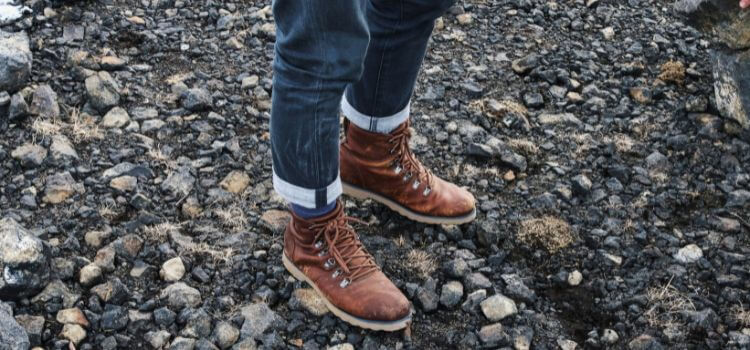
Considering the weight of your hiking shoes is a critical aspect of finding the right pair, especially for beginners. Striking a balance between durability and weight is essential for an enjoyable hiking experience. Lightweight hiking shoes offer advantages such as reduced fatigue and increased agility on the trail.
This is particularly beneficial for those new to hiking, allowing them to maintain comfort and mobility throughout their adventures. While durability is important, opting for lighter footwear can contribute significantly to an overall positive hiking experience, ensuring that beginners can focus on the joys of the journey rather than feeling weighed down by their shoes.
Breaking in Your Hiking Shoes
Breaking into your hiking shoes is a crucial step in ensuring a comfortable and blister-free experience on the trails. New shoes, especially those made from sturdy materials like leather, can be stiff initially. To ease this transition, start by wearing them for short periods during everyday activities to allow your feet to adjust. Gradually increase the duration and intensity of wear, ensuring that the shoes mold to the unique shape of your feet.
Pay attention to any areas of discomfort or rubbing, addressing them promptly to prevent blisters. By taking the time to break in your hiking shoes, you not only enhance their overall comfort but also reduce the risk of discomfort and foot issues during more extended outdoor adventures.
Seasonal Considerations
When selecting hiking shoes, it’s crucial to take seasonal considerations into account. Different weather conditions and terrains demand specific features from your footwear. For warmer seasons, breathable and lightweight shoes are ideal, ensuring comfort during extended hikes. In contrast, colder seasons may require insulated or waterproof options to protect against snow, rain, or icy conditions.
Understanding the seasonal nuances ensures that your hiking shoes are not only comfortable but also tailored to the challenges presented by varying weather and trail conditions. By aligning your footwear with the season, you enhance your overall hiking experience, allowing you to enjoy the beauty of nature regardless of the elements.
Brand Spotlight
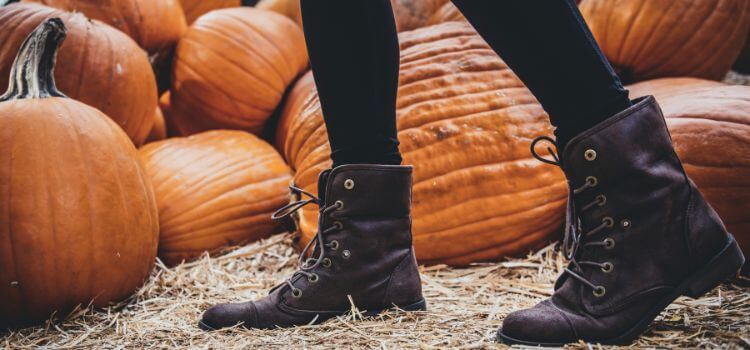
In our brand spotlight, we showcase renowned hiking shoe brands that cater specifically to beginners. Brands like Merrell, Salomon, and Keen are notable for their commitment to quality, comfort, and innovation. Each brand brings unique features to the table, allowing beginners to choose footwear tailored to their preferences and the demands of their hiking adventures.
Budget-Friendly Options
For budget-conscious beginners, quality hiking shoes are still within reach. Brands like Columbia and Quechua offer affordable options without compromising on performance. These budget-friendly choices provide durability, comfort, and adequate support, making them ideal for those entering the world of hiking without breaking the bank.
Maintenance Tips
Maintaining your hiking shoes is crucial to ensuring longevity and optimal performance. Regularly clean off dirt and debris, particularly after muddy hikes, to prevent damage to the materials. Keep an eye on the laces, replacing them if they show signs of wear. Waterproof shoes may benefit from occasional reapplication of a waterproofing spray.
Allow your shoes to air dry naturally after use, avoiding direct heat sources that can compromise the materials. Storing them in a cool, dry place helps prevent mold and deterioration. By incorporating these maintenance tips into your routine, you can extend the life of your hiking shoes and continue to enjoy their reliability on the trails.
Real-Life Experiences
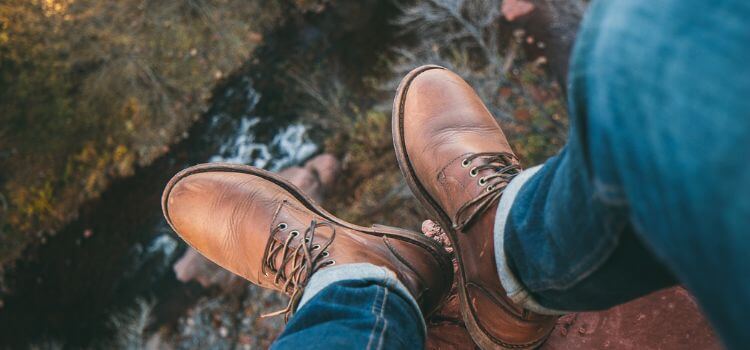
Real-life experiences from beginners add a personal touch to the journey of choosing hiking shoes. Hearing stories of triumphs and challenges encountered on the trail helps new hikers connect with the decision-making process.
These anecdotes might include the joy of finding the perfect fit, overcoming initial discomfort, or discovering the importance of certain features in specific hiking conditions. Sharing these experiences not only imparts practical advice but also fosters a sense of camaraderie among beginners, reassuring them that challenges are part of the adventure and that the right pair of hiking shoes can make all the difference in their outdoor pursuits.
Conclusion
Selecting the ideal hiking shoes for beginners involves a thoughtful consideration of various factors. Understanding your feet, choosing the right fit, and exploring the materials, traction, and weight considerations are pivotal steps in this journey. The ongoing debate over ankle support and seasonal considerations further adds complexity to the decision-making process.
By spotlighting reputable brands, offering budget-friendly options, and sharing real-life experiences, this guide aims to empower beginners to make informed choices. Remember, the perfect pair of hiking shoes enhances comfort, ensures stability on the trail, and allows you to focus on the joy of the outdoors. So, lace up, hit the trails, and embark on your hiking adventures with confidence.
FAQs
- Do I have a higher or lower arch in my foot than the average person, and what are the key indicators to determine this?
- Look at your footprint or consult a podiatrist for a professional assessment.
- Are waterproof hiking shoes necessary?
- It depends on the weather conditions and personal preference. Waterproofing can be beneficial in wet environments.
- Do I need ankle support as a beginner?
- Ankle support is a personal choice; some beginners find it helpful, while others prefer more flexibility.
- Can I use trail runners for hiking?
- Trail runners are suitable for some hiking conditions, but they may lack the ankle support required for rough terrain.
- How often should I replace my hiking shoes?
- It depends on usage, but a general guideline is to replace them every 500 miles or when you notice significant wear and tear.
As an Amazon Associate, I earn from qualifying purchases

Leave a Reply